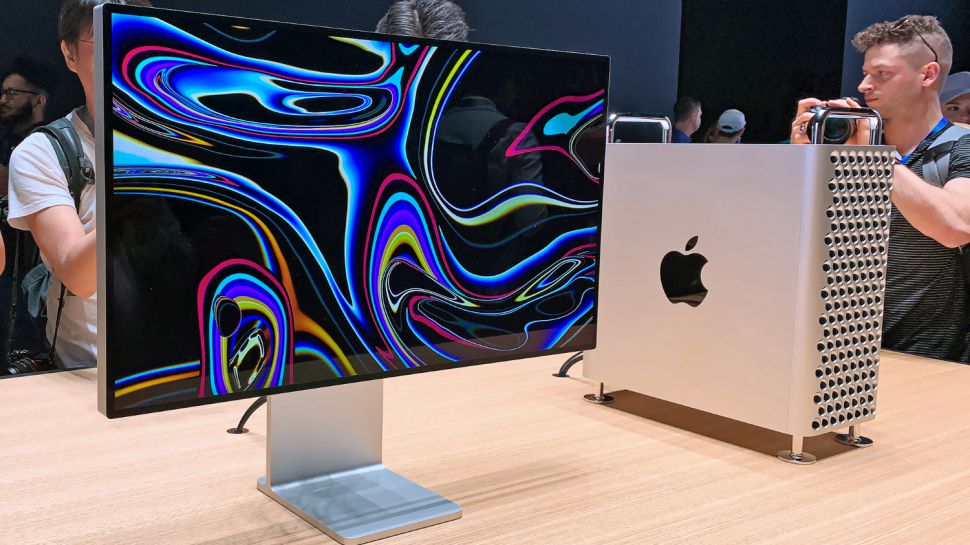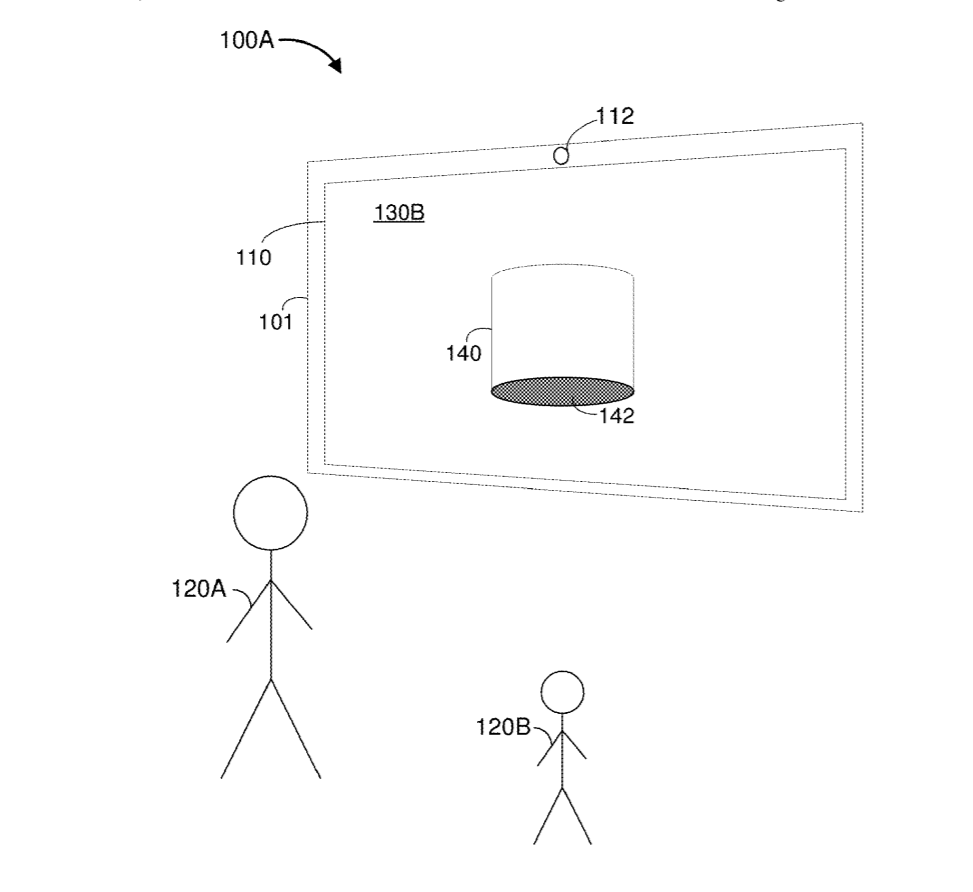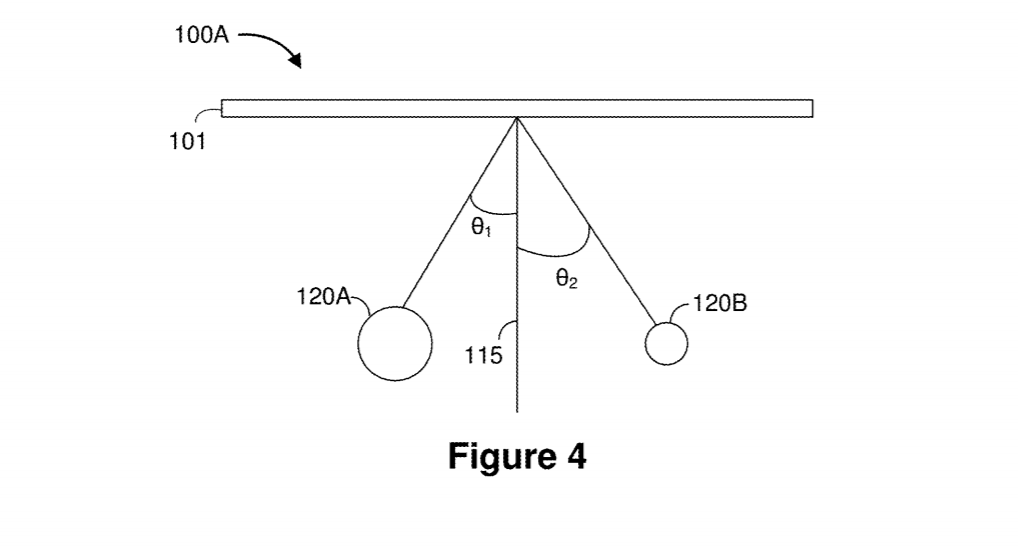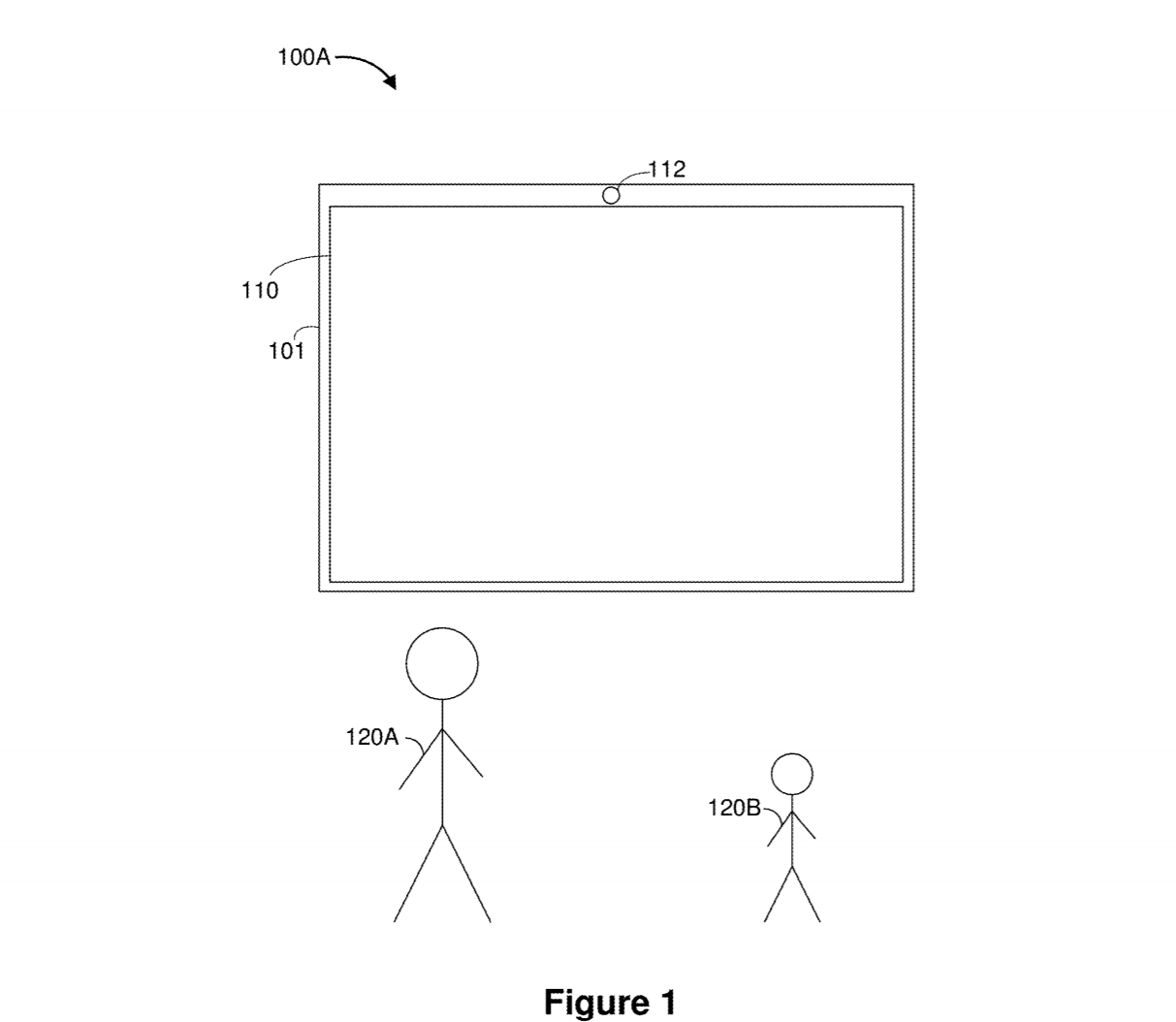Apple TV could let you view two shows on one screen — here’s how
Apple patent application shows a multi-view screen that lets everyone watch their own movies or shows.

A recent Apple patent application, published last Thursday, details a new multi-view screen technology that could let multiple viewers watch different content simultaneously on a single screen. This could pave the way for monitors and displays being used by several people at once.
Patent application 20210099692 was spotted by PatentlyApple this week, and it's a fascinating glimpse into possible future features or products out of Cupertino, with applications across laptops, tablets, monitors and even TVs.
- iPhone 12 review: how does it stack up?
- OnePlus 9 Pro vs. iPhone 12 Pro: Which flagship phone wins?
- Plus: iMac 2021 leak just revealed 'really big' model beyond 27 inches
Titled "Method and device for operating a lenticular display," Apple's patent application shows a lenticular layer paired with a video display to show "different content at different angles."

While most proof-of-concepts for this technique are built around showing one user a pair of images, or two users different images, Apple's patent application suggests that it can serve more than two users, claiming "any number of users may be present in the example operating environment and have different content presented".
Lenticular what now?
Lenticular displays use a series of lenses manufactured into a single transparent sheet, with individual lenticules that present a different portion of an image based on the position of the viewer. Traditionally, these are paired with prints or displays that slice an image into fine vertical strips. By alternating the strips from one image to another, changing the angle of view lets the viewer see images in rapid succession. Put it on a baseball card or a Happy Meal toy, and you can use two or three of these segmented images to create the illusion of motion. Sometimes that means a moving cartoon character, other times, it's to create the illusion of an object in 3D.

Lenticular displays do something similar by aligning the lenticules with individual scan lines in a display. If one set of scan lines shows one video, and the other set shows something different, you can use a single display to show different videos to different users at the same time.
Apple's proposed multi-view screen would use more than a simple lenticular layer. It would incorporate the lens technology alongside cameras for user position tracking. Liquid crystal layers could guide imagery to different specified viewing angles and color filters would keep the filtered images looking clear and undistorted.
Sign up to get the BEST of Tom's Guide direct to your inbox.
Get instant access to breaking news, the hottest reviews, great deals and helpful tips.

Where would multi-view tech show up?
Apple's patent application provides examples of using the technology to show different shows with different content ratings to different family members, letting the grown-ups watch TV-MA rated shows while the kids watch something more age-appropriate. One interesting tidbit suggests showing an edited version of the same show to the younger viewers, letting the entire family watch the same program, but with age-appropriate edits for the different family members who might be watching.
It's not the first time lenticular displays have been used in consumer tech. The Nintendo 3DS uses one to provide glasses-free 3D, providing a slightly different picture for the right and left eye of the user to create the illusion of depth. Other attempts to use similar lenticular technology have tried to scale up the glasses-free 3D concept to laptops and TVs, but these products have never caught on.
It's not even the first time that Apple has toyed with the idea of using lenticular screens for its displays. The company filed an application back in 2016 that used the same technology as a privacy tool, limiting screen visibility to the user and restricting and off-angle viewing that could be used to sneak a peek at sensitive or private information.
Brian Westover is currently Lead Analyst, PCs and Hardware at PCMag. Until recently, however, he was Senior Editor at Tom's Guide, where he led the site's TV coverage for several years, reviewing scores of sets and writing about everything from 8K to HDR to HDMI 2.1. He also put his computing knowledge to good use by reviewing many PCs and Mac devices, and also led our router and home networking coverage. Prior to joining Tom's Guide, he wrote for TopTenReviews and PCMag.

